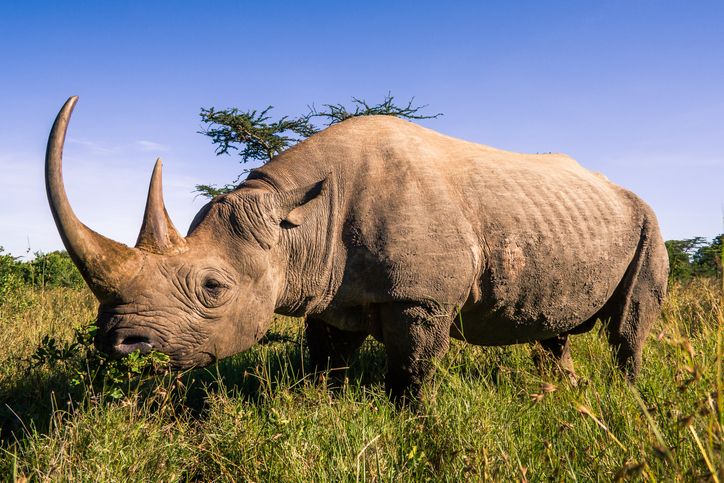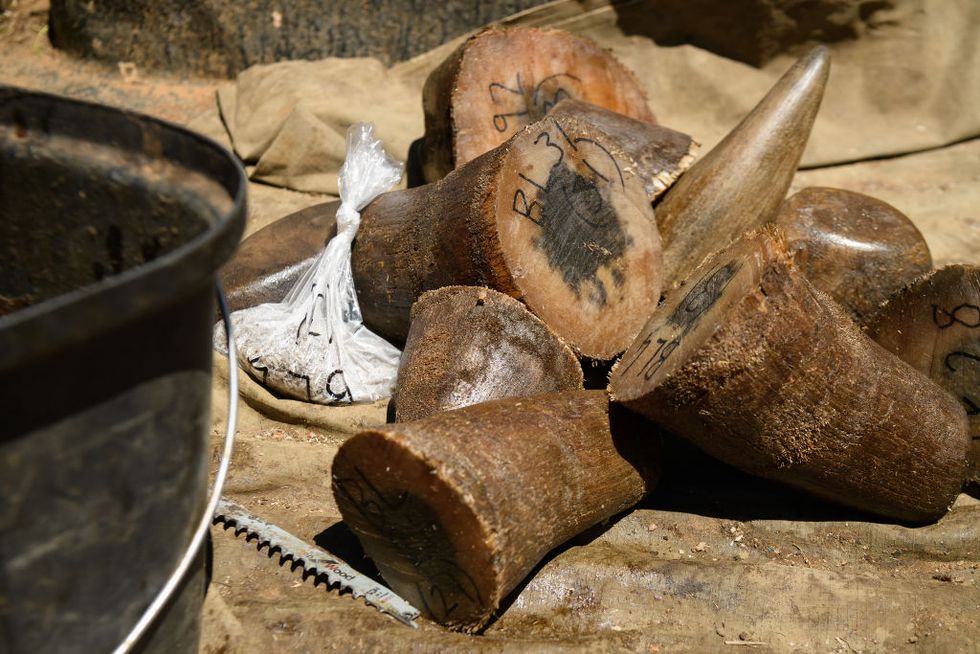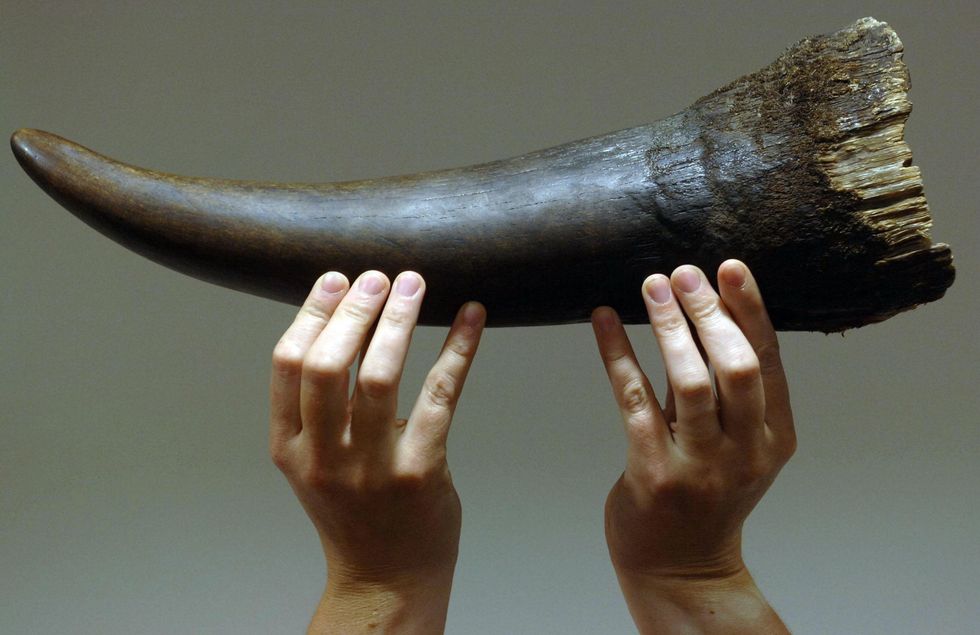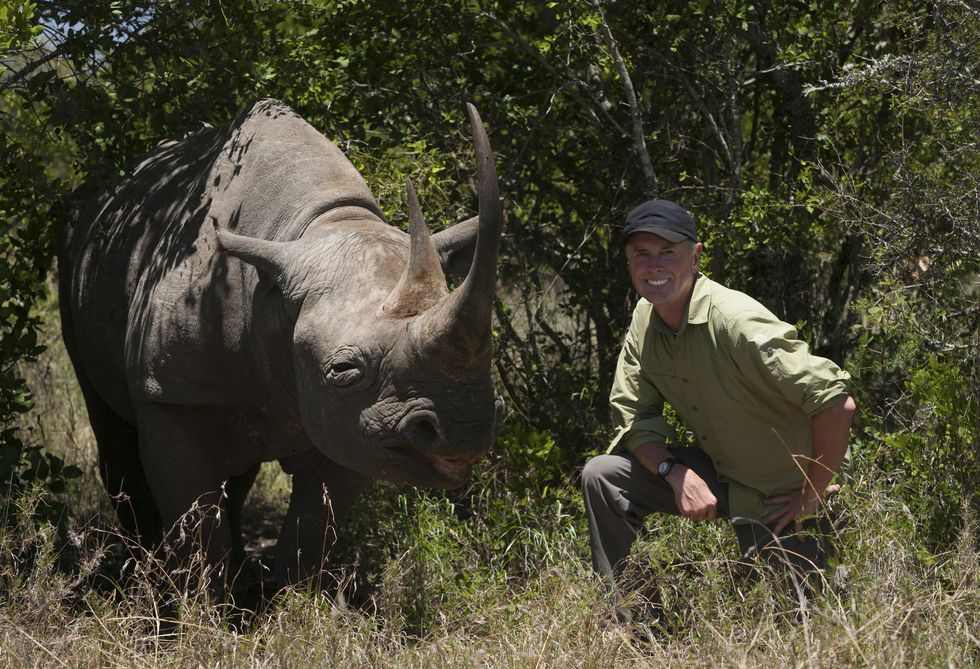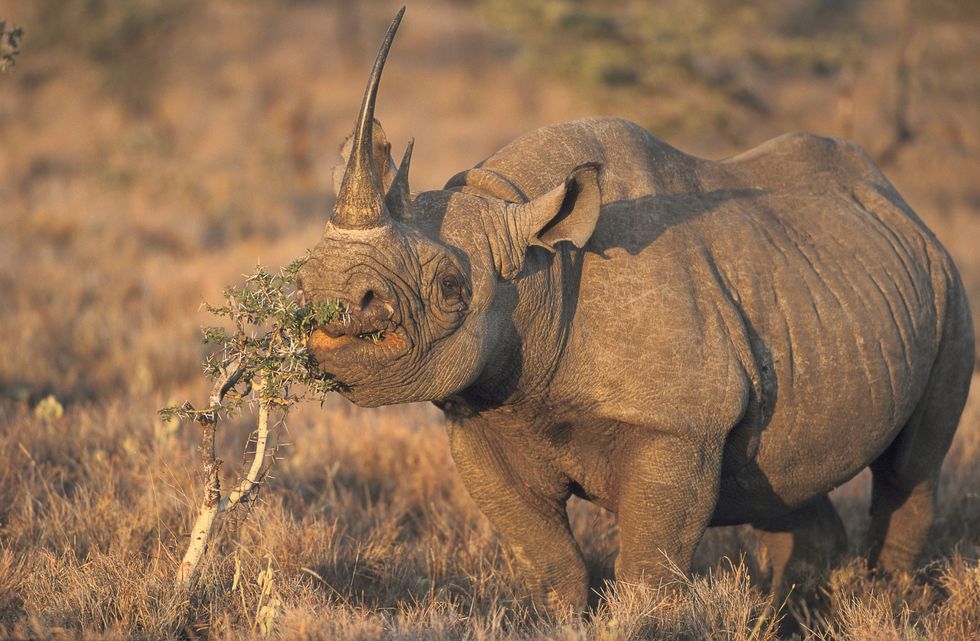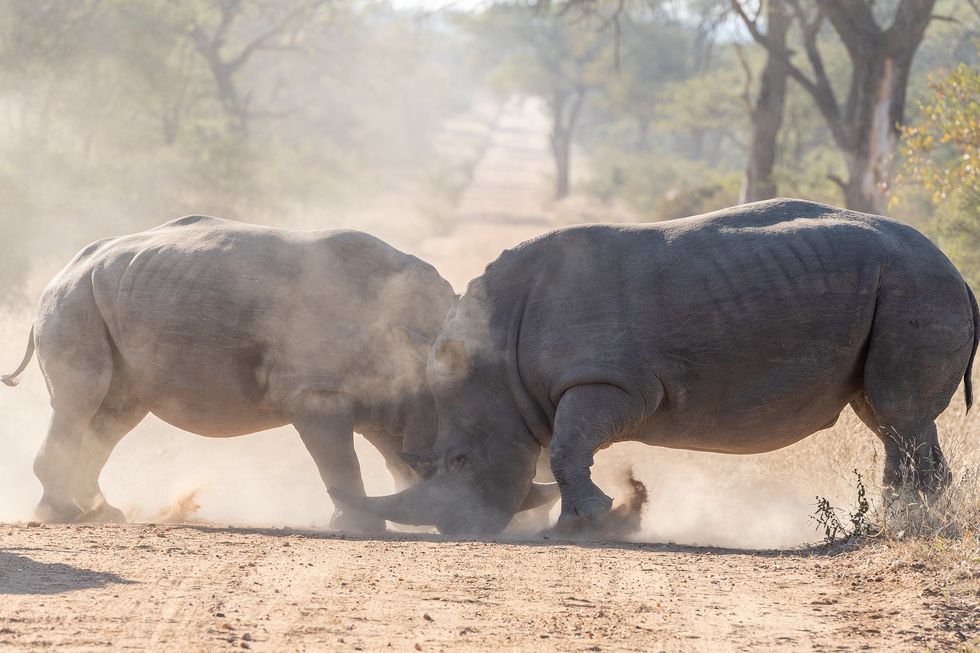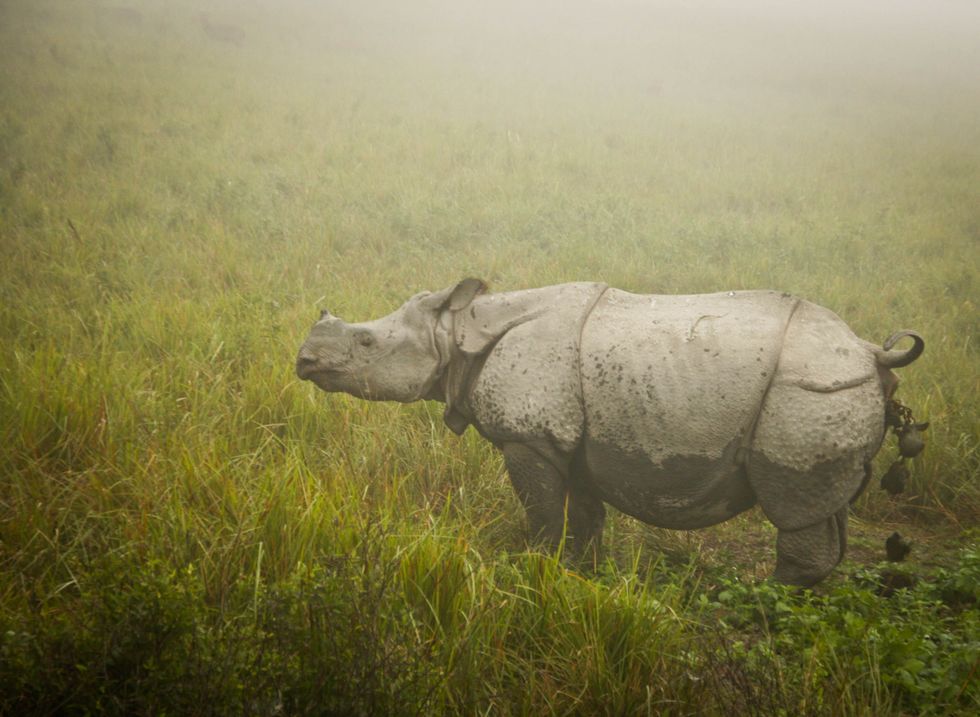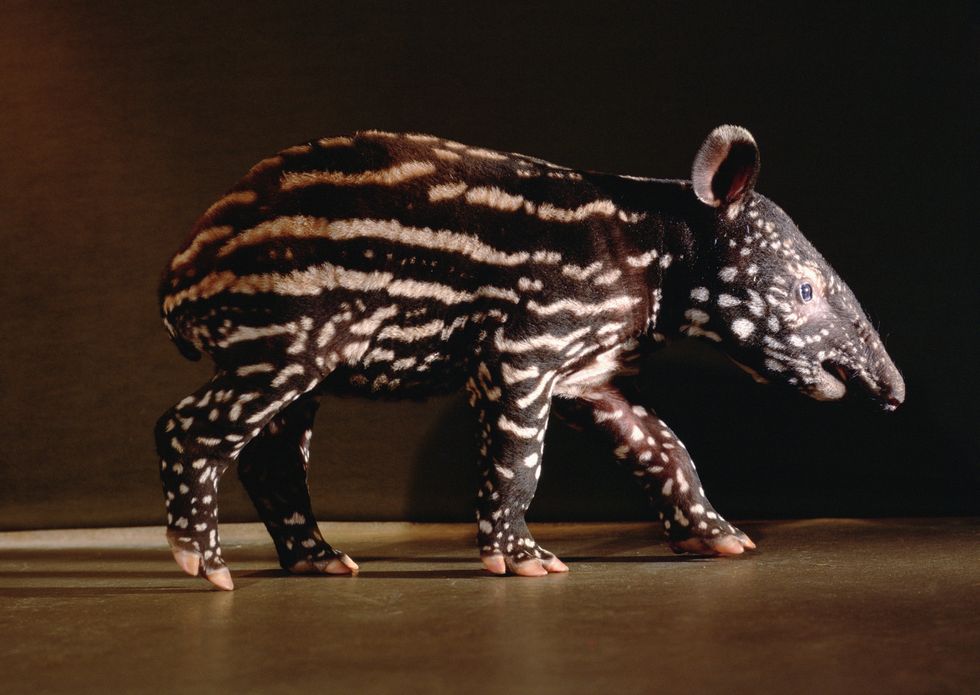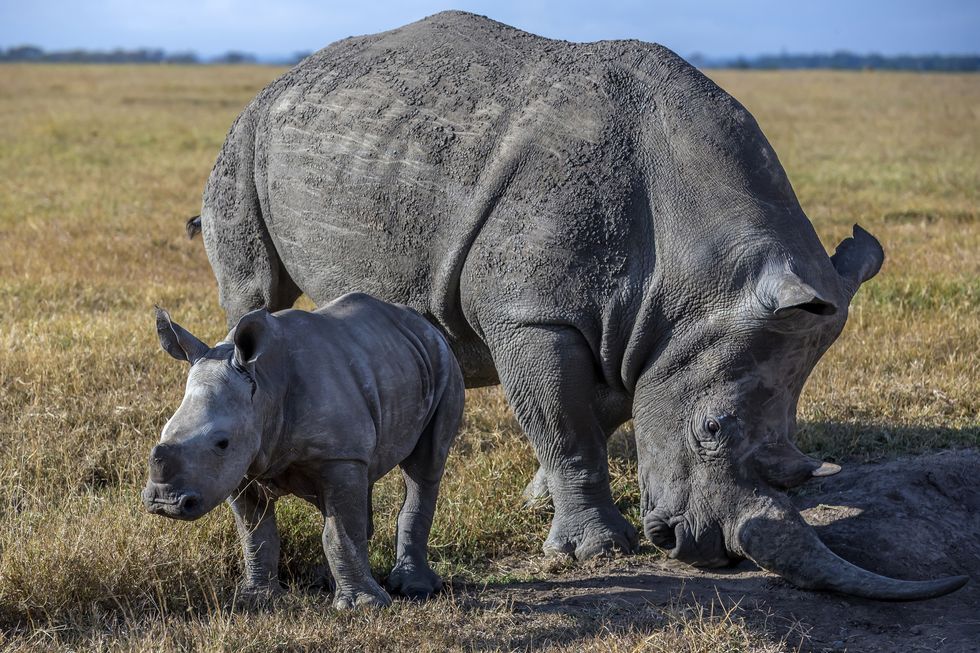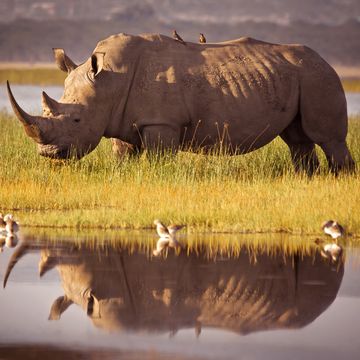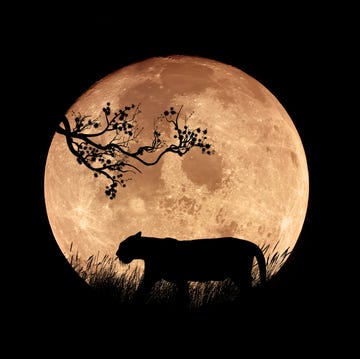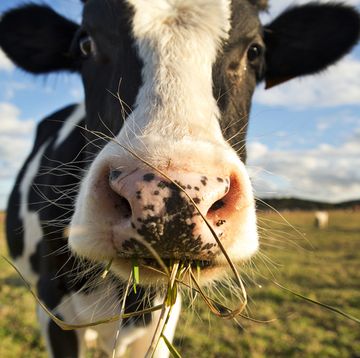15 Incredible Facts About Rhinos
Everything you need to know about these awesome mammals.
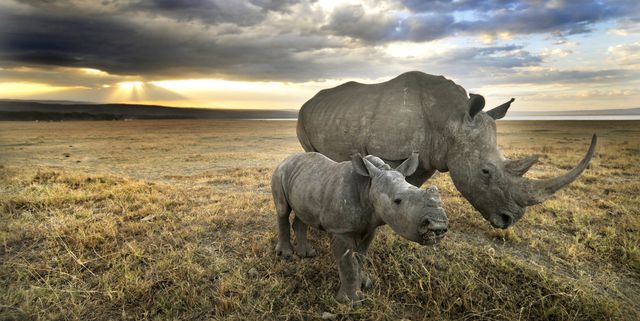
Rhinos—with their awe-inducing presence and unique appearance—are some of the most fascinating animals on the planet. They’re massive and look prehistoric, almost as if you’re looking at a dinosaur in real time. And sadly, their fate is bordering on that of the dino as they are one of the most threatened species on the planet. To celebrate the majestic mammal of World Rhino Day (September 22), here are 15 amazing facts about the creatures.
Emily Shiffer has worked as a writer for over 10 years, covering everything from health and wellness to entertainment and celebrities. She previously was on staff at SUCCESS, Men's Health, and Prevention magazines. Her freelance writing has been featured in Women's Health, Runner's World, PEOPLE, and more. Emily is a graduate of Northwestern University, where she majored in magazine journalism at the Medill School of Journalism and minored in musicology. Currently residing in Charleston, South Carolina, Emily enjoys instructing barre, surfing, and long walks on the beach with her miniature Dachshund, Gertrude.
Watch Next

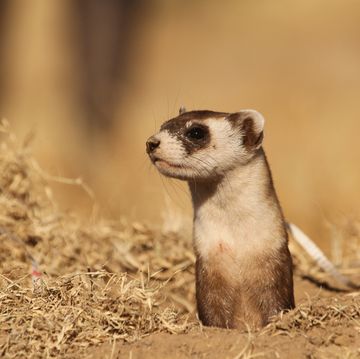
Can Cloning Bring This Ferret Back from the Brink?

Scientists Are Building a Noah’s Ark for Corals

A New Study Unveils ‘Twisters’ Inside Egg Cells
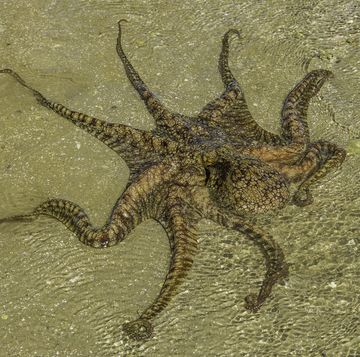
What To Do When Your Pet Octopus Has 50 Hatchlings

